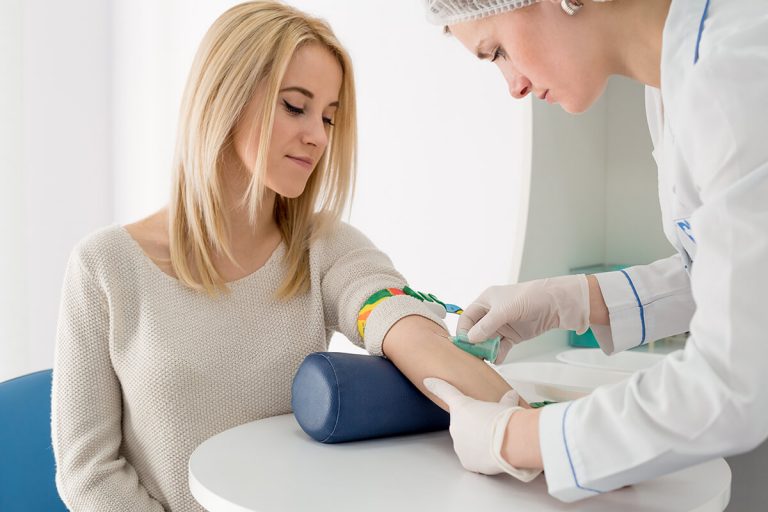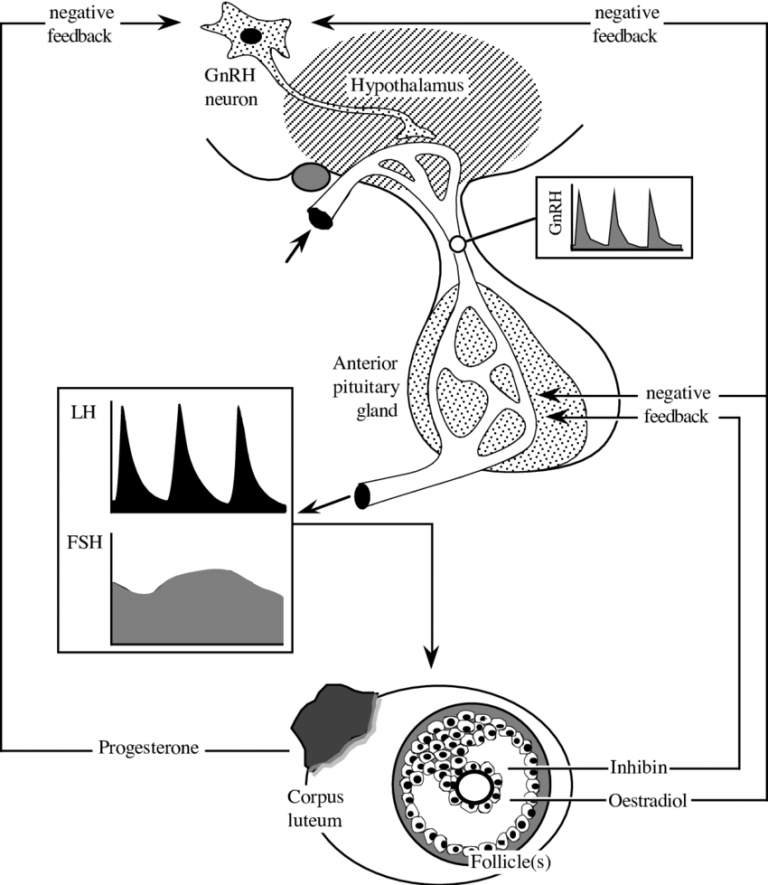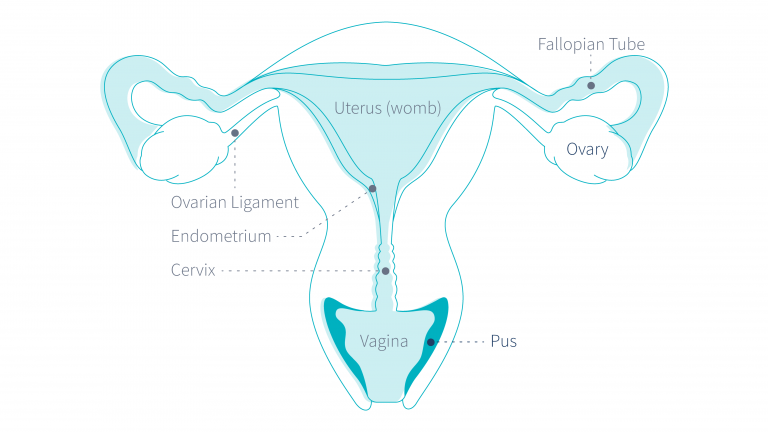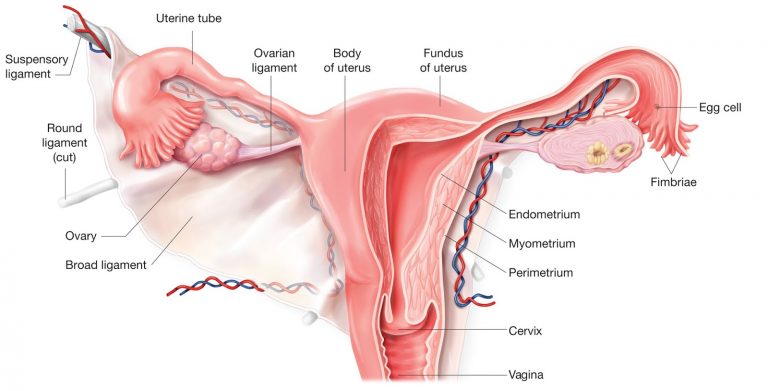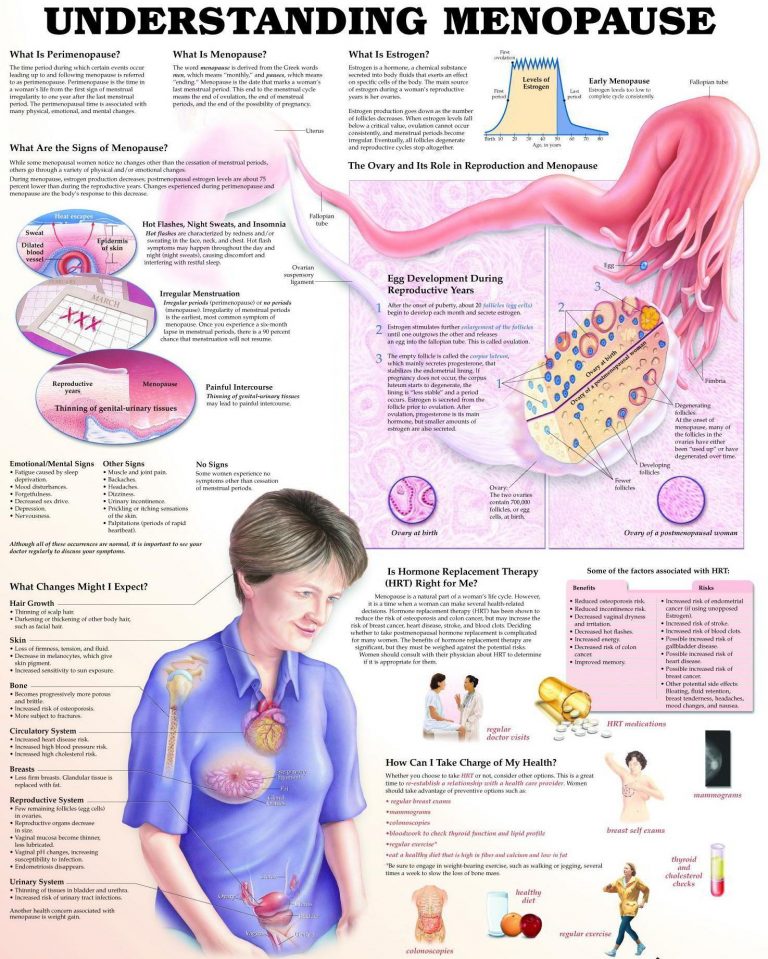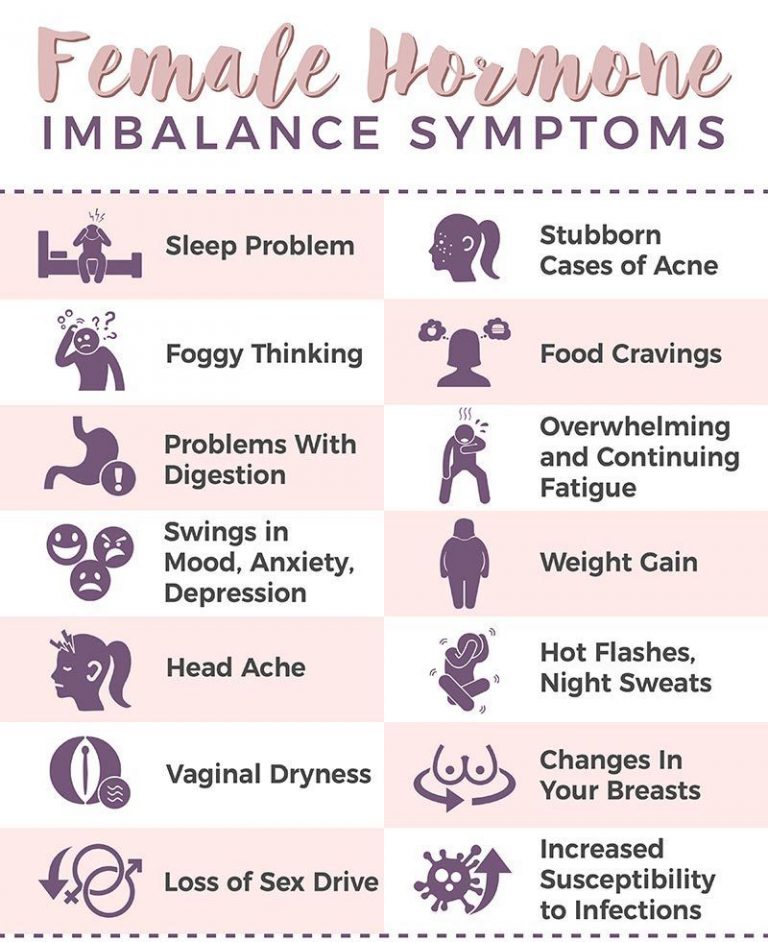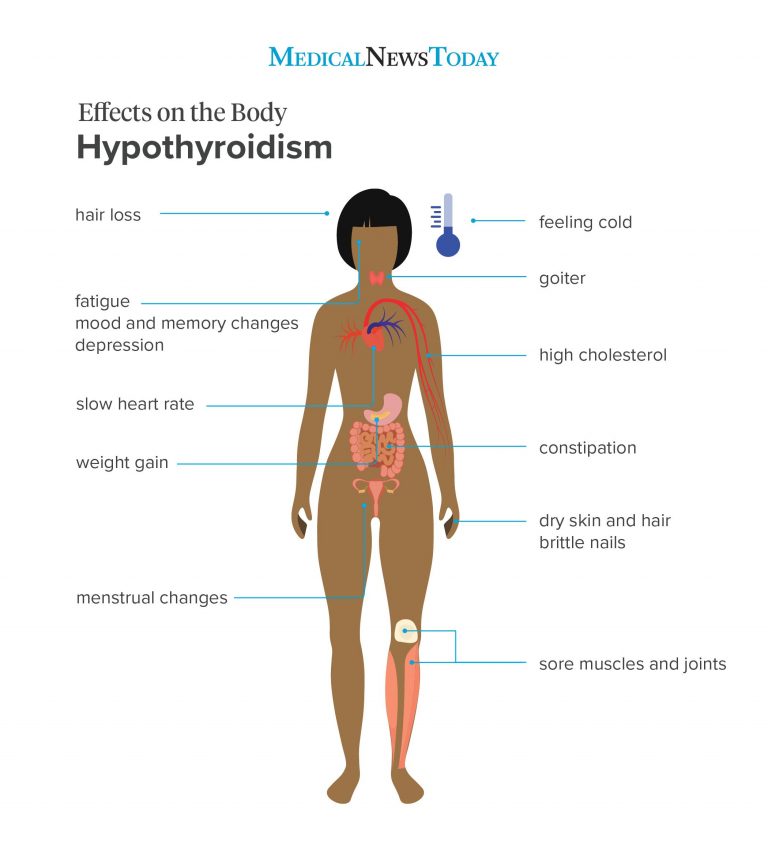FEMALE PRE-MENOPAUSAL HORMONE BALANCING
THE FEMALE HORMONE PANEL
The ovaries are a very important part of the female reproductive organs. The ovaries are located on the right and left side of the pelvic cavity next to the uterus. Each weighs about 15 grams. The human female is born with immature ovaries which gradually mature until the start of menstruation signals a fully functional reproductive system.
THE CYCLE PACING OF OVARIES
The human ovary releases its hormones in a cyclical manner which is referred to as the menstrual cycle. The average cycle is about 26-30 days. The timing and pacing of hormone release is governed by GnRH, FSH & LH, hormones from the hypothalamus and pituitary gland in the brain. The two major classes of ovarian hormones released during the menstrual cycle are Estrogens and Progesterone, which are known as female steroid sex hormones. The major and most active Estrogen released is Estradiol, while the major Progestin is Progesterone.
THE FEMALE CYCLE HAS 3 PHYSIOLOGIC PHASES (SEE GRAPH BELOW)
1. The follicular phase starts with the onset of menstrual blood flow and is of variable length. This phase is normally characterized by both low Estrogen and Progesterone output.
2. The ovulation phase is 1 to 3 days long and the human ovum (egg) is released in this phase. This phase is characterized by high estrogen levels.
3. The luteal phase is rather constant in length, 12-14 days, and ends with menses. Compared to the follicular phase, the luteal phase is characterized by high Progesterone concentrations and a moderate increase in estrogens.
FUNCTIONS OF FEMALE SEX HORMONES
Estradiol and Progesterone affect several target organs involved in a successful conception and pregnancy. Additionally, these hormones maintain a number of secondary sexual characteristics such as reduced body hair, soft skin texture, a higher voice pitch, possible release of certain pheromones, etc.
TARGET ORGANS OF ESTROGEN & PROGESTERONE
1. The Uterus
Estradiol prepares the uterus for conception and produces a 3-5 fold increase in the thickness of its inner lining, and also promotes uterine gland development and mucus secretion. Progesterone causes a swelling of the uterine lining, an increase in glycogen (a complex sugar) content, and an increase in the mucus secreted by the uterus. If conception does not occur, the uterine lining is shed, resulting in the menstrual flow.
2. Fallopian Tubes
Sex hormones stimulate the fallopian tubes to move the egg toward the uterus. The fallopian tubes also secrete nutritious fluids that nourish the egg, the sperm and ultimately the embryo when fertilization occurs.
3. Vagina
Estrogens promote the thickening of the vaginal lining and increase its secretions, which makes the lining more resistant to infections.
4. Breasts
Before puberty, the breasts grow only in proportion to the rest of the body, but under the influence of Estradiol and Progesterone during puberty, the breasts develop to maturity. During the menstrual cycle, excess Estradiol causes breast swelling and tenderness.
5. Bones
In the adult female, Estradiol and Progesterone play an important role in the inhibition of osteoporosis and improve the incorporation of calcium and magnesium into bone. This is why doctors prescribe Estrogen for menopausal women.
6. Kidney
Estrogens cause the body to retain sodium which results in fluid buildup. Conversely, Progesterone causes a loss of excess sodium and retained fluid. Before the period begins, there may be a relative excess of Estrogen over Progesterone which commonly leads to several of the PMS associated complaints.
7. Liver
Estradiol has stimulatory effects on liver proteins which may reduce thyroid hormone availability and increases the risk for cardiovascular disease. Estradiol also slows the process of liver detoxification of various harmful substances.
8. Miscellaneous
Estradiol can elevate blood sugar in certain susceptible individuals. Progesterone can increase the appetite and has a general calming effect on the nervous system, especially at night.
WHAT WE TEST
The FHP is a simple, non-invasive test. Eleven saliva samples are collected during specified time periods throughout the menstrual cycle.
The FHP, for the first time in routine medical practice, will allow both patient and doctor to actually view the profile of Estrogen and Progesterone simultaneously (See Figure 1).
Diagnostic guesswork is minimized, and hormonal balance evaluation and customized treatment becomes a reality with the FHP.
In addition, we report the cycle average for Testosterone and DHEA.
The expanded eFHP also includes 5 FSH & LH measurements to see if brain control and stimulation of the ovaries is optimal.
APPLICATIONS OF THE FEMALE HORMONE PANEL
1. Detection of Luteal Phase Defect
There are at least three luteal phase defect patterns which are characterized by a reduced output of Progesterone that leads to Estrogen dominance. This imbalance is usually associated with PMS, infertility, fibroids and other female hormonal problems and can be readily detected by our panels.
2. Hormonal Imbalance and PMS
Many women suffer from hormonal imbalance in the Estrogen to Pro-gesterone ratio. Our panels can objectively evaluate the hormonal state with great accuracy which, in turn, provides specific insights for appropriate intervention or treatment to relieve hormonal imbalance and PMS related symptoms.
3. Customized Hormone Therapy
Presently, female hormone therapy is not individualized to the needs of each woman because current diagnostic tests do not provide sufficient data. Consequently, most women are empirically treated without regard to their individualized physiology and specific needs. The FHP, for the first time, will allow a clinician to customize therapy to
each female patient.
OTHER APPLICATIONS
The FHP can also be used to detect & monitor the following:
• Functional infertility
• Influence of lifestyle (diet, exercise, etc.) on the cycle
• Menstrual problems originating in the brain
• Early pregnancy problems – spontaneous miscarriage
• Cycle irregularities, following the use of birth control pills
• Dysmenorrhea, i.e. painful and heavy periods
• Migraine headaches
• Endometriosis and cystic ovarian disease
• Early Osteoporosis
1. Convenience: requires no blood draws, therefore no repeated clinic visits and avoids the inconvenience of the 24 hour urine collection.
2. Economy: the fee for the 11 sample test is less than that of 2 blood determinations or a urine analysis for Estrogen and Progesterone.
3. Physiological Accuracy: research has demonstrated that the free hormone fraction predominates in saliva. Hormones can be found free or bound to protein. The free hormone fraction is very important to ascertain because it is the bioactive fraction that most significantly influences living cells. The salivary female hormone levels correlate at 93% with the free hormones in the tissues.
4. One or two blood determinations or a 24 hour analysis of urine for these hormones cannot give an idea of the ovaries’ hormonal productivity. The FHP gives a good approximation of the ovarian capacity over a whole cycle.
Do you need the FHP?
To determine if the FHP Panel is the appropriate test for your health problems, consult with Dr. Smith or Ronnie.


